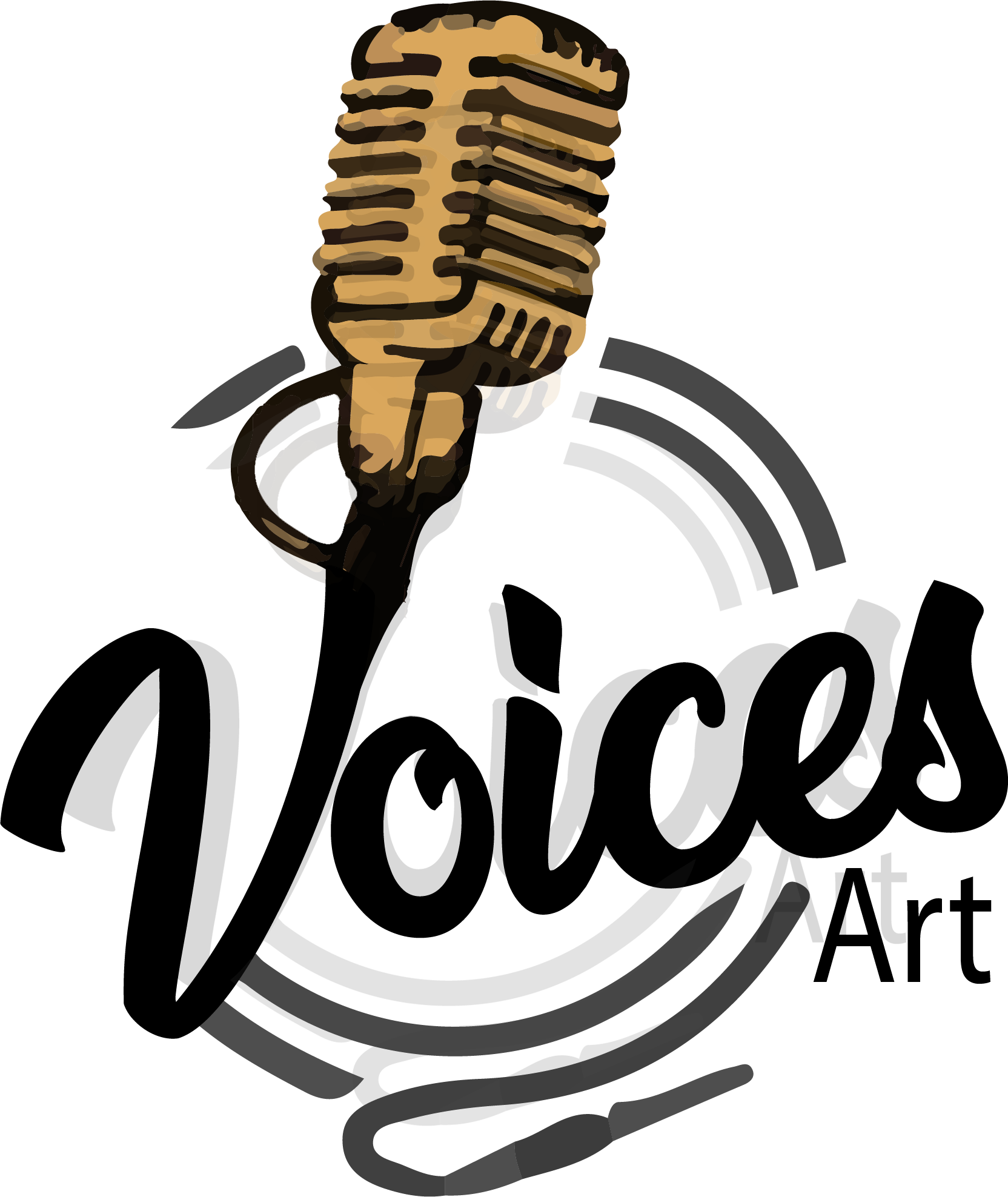As an audio professional, how do you market yourself?
Do you have samples of your voice to display? If you don’t, what is stopping you from achieving it? If you do, is it one or more models to suit everyone and the work you want to do?
In today’s increasingly challenging market, presentation slides – also known as voiceover demos – have become your most important marketing tool. Read on for more information on getting the most out of the demo demo. or demo.
• Do you think testing is the most important factor in your success as an audio professional?
This may sound a bit provocative, but I’ll suggest it isn’t. Because testing is so important to your success in this job—let’s be pretty clear—you won’t actually get the job unless someone in a position of decision-making authority first sees what you’re capable of and decides that you’re a good fit for a given audition in the first place.
• Act fast
In many ways, your demo is your virtual business card, and it’s your only chance to show what you have to a potential client or agent.
Thanks to the tech-infused media landscape that speeds up the rate of communication and challenges our attention extending further with each passing day, you have between 10 and 30 seconds to make an impression before anyone on the receiving end — director, producer or project leader, for example — moves on to something else. .
There are some main types of demo demo:
• Show demo in a narration way
For more complex audio work, such as e-learning, audiobooks, and business presentations, collect longer passages that highlight scope and consistency within a larger project and across different narrative styles.
• Demo showing an animation or demo character
This is where you get personal, with characters you’ve created yourself or matched with the sound. Include, as appropriate, passages that highlight your foreign language, dialect, and vocal skills.
Of course, these are just suggestions: you don’t have to create one demo of every kind. In fact, given the fact that we live in such a sting-driven and attention-grabbing world, a 20-second demo that boils down to a particular dialect, character, theme, language or sound would in all likelihood be a much more powerful way to bring out your abilities even more. From a very long comprehensive demo.
• Maintain a tight focus
As you decide what materials you want to include in your demo, keep in mind how important timing is. Showcase your best work, literally: Don’t force the producer or creative director to listen through multiple shots or clips before you get to the nugget that’s likely to seal the deal. In today’s fast-paced business environment, producers responsible for listening to auditions often only have seconds or two minutes at most to listen to a reel before moving on.
With that in mind, if you have the ability to re-tweak a particular audio comment tutorial based on who you’re sending it to, consider making the time to do so. This allows you to customize the arrangement to better suit the needs of the individual listening. And if you have to stick to a one-size-fits-all strategy, keeping it short, sharp and representative should be more than enough to keep you in the race.

